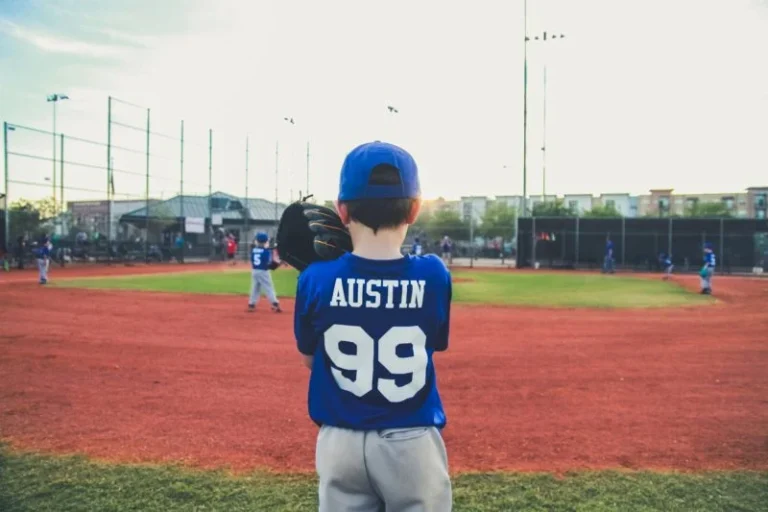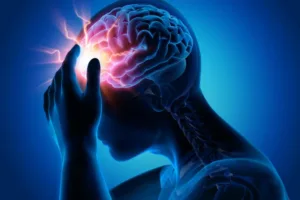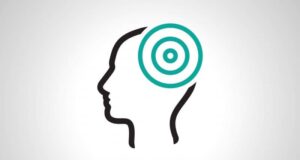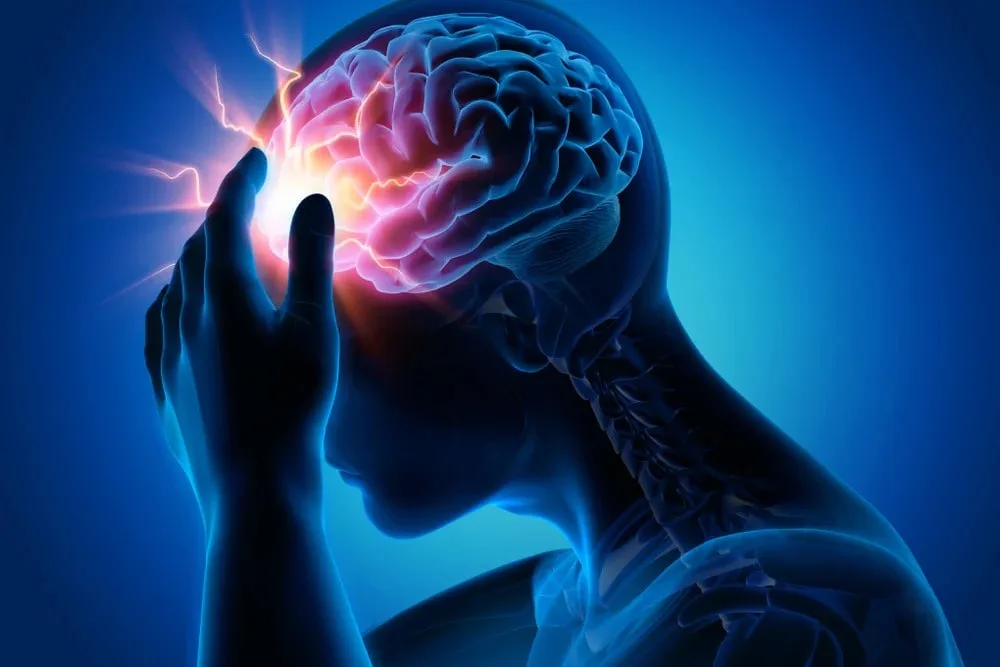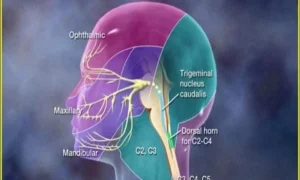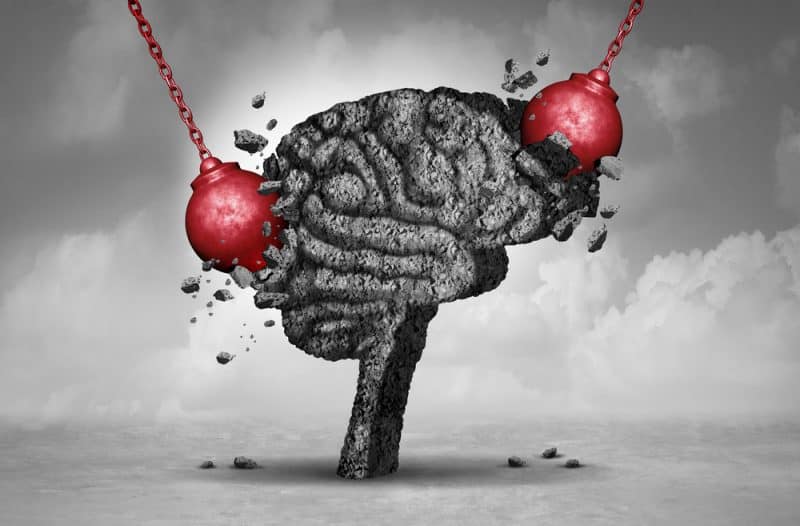Concussion In Children
A concussion is a type of mild traumatic brain injury, most often caused by a sudden and forceful bump or blow to the head. In addition, concussions can also be caused by whiplash-type injuries that cause the brain to quickly shake inside the head.
According to Health Canada, among Canadian children and youth, concussions and other traumatic brain injuries are common in contact sports and recreation-related activities and can range from mild to severe.
Concussion signs and symptoms typically resolve within ten days to four weeks, children and youth often take longer to recover than adults. Moreover, concussions can pose serious health risks to children’s health.
What are the symptoms of concussion in children?
If the child had a slight bump on the head, is alert, and is not showing any of the symptoms outlined below, a trip to the hospital may be unnecessary.
However, it is important to know that a child may have a concussion without losing consciousness.
Sometimes, the symptoms of a concussion in small children may not be obvious, and the child may not be aware that he or she is injured.
The signs and symptoms of a concussion may include one or more of the following:
- Headache
- Nausea or vomiting
- Dizziness
- Confusion
- Irritability
- Double vision
- Sensitivity to light or noise
- Feeling tired and delayed reaction time
- Concentration and memory problems
- Sleep problems or changes in sleep patterns
- Mood changes
- Changes in behaviour and personality
If your child has any of the symptoms outlined above, he or she needs medical attention right away, especially if one or more of the following symptoms are present:
- Loss of consciousness
- Vomiting
- Seizures
- The child’s pupils are different in size
- If the child is difficult to wake up
What should I do if my child has a concussion?
Health Canada recommends the following steps if you think that a child or a teenager might have sustained a concussion:
- Make them stop what they are doing
- Stay with them
- Seek medical attention as soon as possible
If the child is unconscious, call 911. However, you should not:
- Move the child
- Remove any equipment, such a helmet or padding, to prevent additional injury to the spine
How is a concussion diagnosed?
Since the symptoms of a concussion can be different from one child to another, the medical practitioner will evaluate the signs and symptoms, review the child’s medical history, test their cognitive skills, and perform a neurological examination.
It may also be necessary to perform some brain imaging tests, such as CT and MRI scans.
How are concussions treated in children?
After a concussion, the child typically needs 3-5 days of physical and mental rest for the brain to recover from the injury.
In these days of rest, the child should not go to school, do any homework, or read. After a few days, the child can start doing easy mental activities.
Your doctor should determine when it is safe for your child to go back to school and return to sports.
What are the complications of concussions in children?
Although most children can recover completely from a concussion, some can develop complications such as post-traumatic headaches, post-traumatic vertigo, and post-concussion syndrome.
It is important for children to rest after having a concussion to avoid severe complications and to avoid playing any sports while still experiencing concussion symptoms.
Do concussions affect children and adults differently?
A blow to the head might injure a child’s brain differently than an adult’s brain. Medical research shows that brain damage caused by concussions tends to be less severe in children compared to adults.
However, research shows that the effects of a concussion may last longer than its visible symptoms, such as headache, fatigue and difficulty concentrating.
This means that sometimes, children may get clearance to return to sports before they are fully healed, making them vulnerable to re-injury.
In turn, having an additional head injury after a concussion increases the risk of having more severe symptoms.
Researchers found that two weeks after having a concussion, two-thirds of the injured children still had abnormal blood flow to the brain. Even at 30 days after the concussion, one-third of the children still had disturbances in cerebral blood flow.
How can concussions be prevented in children?
For children playing team sports, it is essential to make sure that protective rules are followed. For example, when playing soccer, it is generally recommended to prohibit children younger than ten years old from hitting the ball with their heads.
Appropriate and properly-fitted equipment, such as helmets, should be worn during sports and other activities to prevent concussions and other brain injuries in children.
A large scientific study has found that helmets provide up to 88% reduction in the risk of head and severe brain injury for all ages of bicyclists. However, in some cases, even the best protective sports equipment cannot prevent all concussions.
In addition, it is important to always buckle your child’s seat belt and make your home safe from falls to prevent head injury.


